Minds On
What do you notice?
Explore the following Canadian coins. Have you seen these in your everyday life? If so, where?
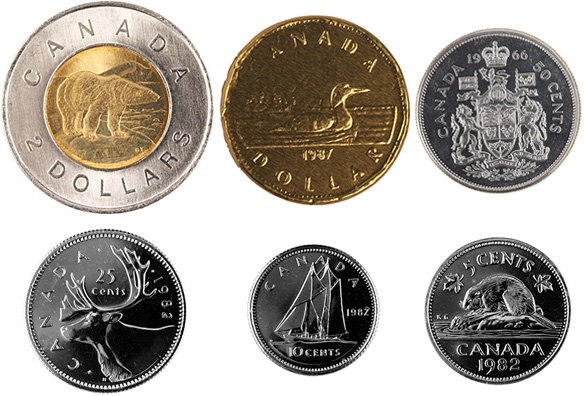
Each coin has specific things about it that make it unique. Use the following questions to think about each coin and record your thoughts using a method of your choice.
Pause and Reflect
Pause and reflect
What do you notice about the shape of each coin?
What do you notice about the colour and/or design of each coin?
What do you notice about the size of the coin?
Action
Coin values
What is the value of each coin type? For example, a nickel is 5 cents, and a dime is 10 cents.
Record the values of a nickel, dime, quarter, loonie, and toonie. You can share your answers in an audio recording, on paper, or in the following fillable document Canadian Coin Values.
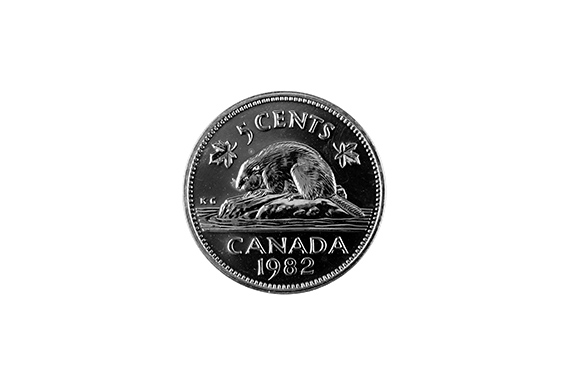
Nickel |

Dime |
|
Value: |
Value: |
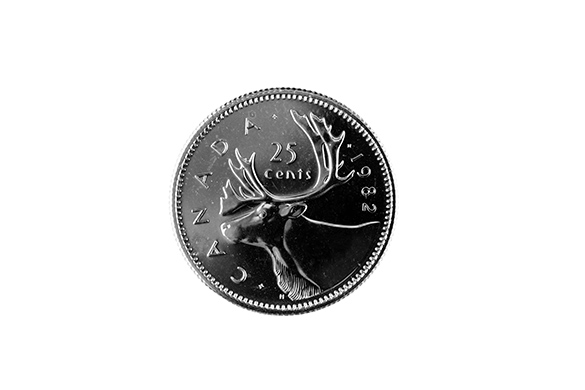
Quarter |
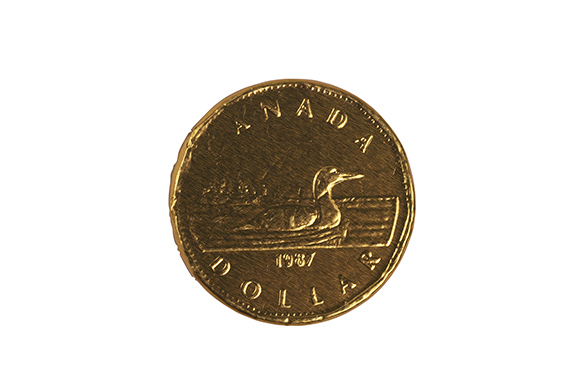
Loonie |
|
Value: |
Value: |

Toonie |
|
|
Value: |
|
Press the ‘Activity’ button to access Canadian Coin Values.
Task 2
A student who needs to purchase some seeds for their school garden has found a great deal: 50 cents for a crate of seeds. Using only one type of coin (only nickels, or only dimes, or only quarters), add the coins together to make 50 cents. How did you count? Did you count by 5s, 10s, or 25s?
Record your thinking by drawing coins, creating an audio recording, or by using real coins.



Task 3
Represent 100 cents in two different ways using only one type of coin of your choice (nickels, dimes, quarters, or a loonie).
How did you count? Did you count by 5s, 10s, or 25s? Did you use different coins to make 50 cents and 100 cents? What was similar about these two tasks? What was different about these two tasks?
Record your thinking by drawing coins, creating an audio recording, or by using real coins.



Consolidation
Lemonade stand
Ms. G is opening a lemonade stand. She has 200 cents to spend. What different combinations of items can Ms. G buy to start making her lemonade?
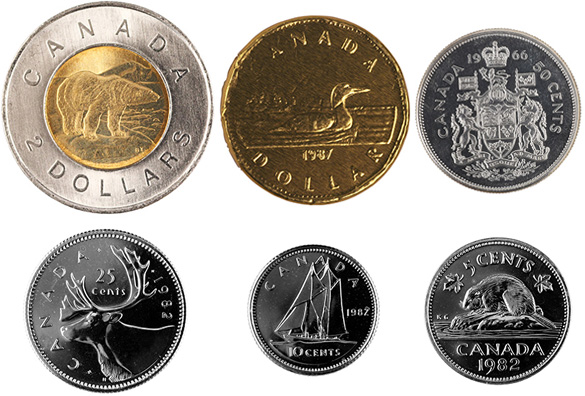
Independent work
A student has 200 cents in their piggy bank.
1. Using one coin of your choice (only nickels, only dimes, only quarters, only loonies, or only toonies), how many coins could be in the piggy bank?
2. Now, using a different coin of your choice (only nickels, only dimes, only quarters, only loonies, or only toonies), how many coins could be in the piggy bank?
Express your thinking using pictures of coins or bills.

Reflection
How do you feel about what you have learned in this activity? Which of the next four sentences best matches how you are feeling about your learning? Press the button that is beside this sentence.
I feel...
Now, record your ideas about your feelings using a voice recorder, speech-to-text, or writing tool.
Press ‘Discover More’ to extend your skills.
Discover MoreDesign your own currency!
- What would you call it?
- Who or what would you put on each bill and coin?
- What values of coins and bills would you use? Why?